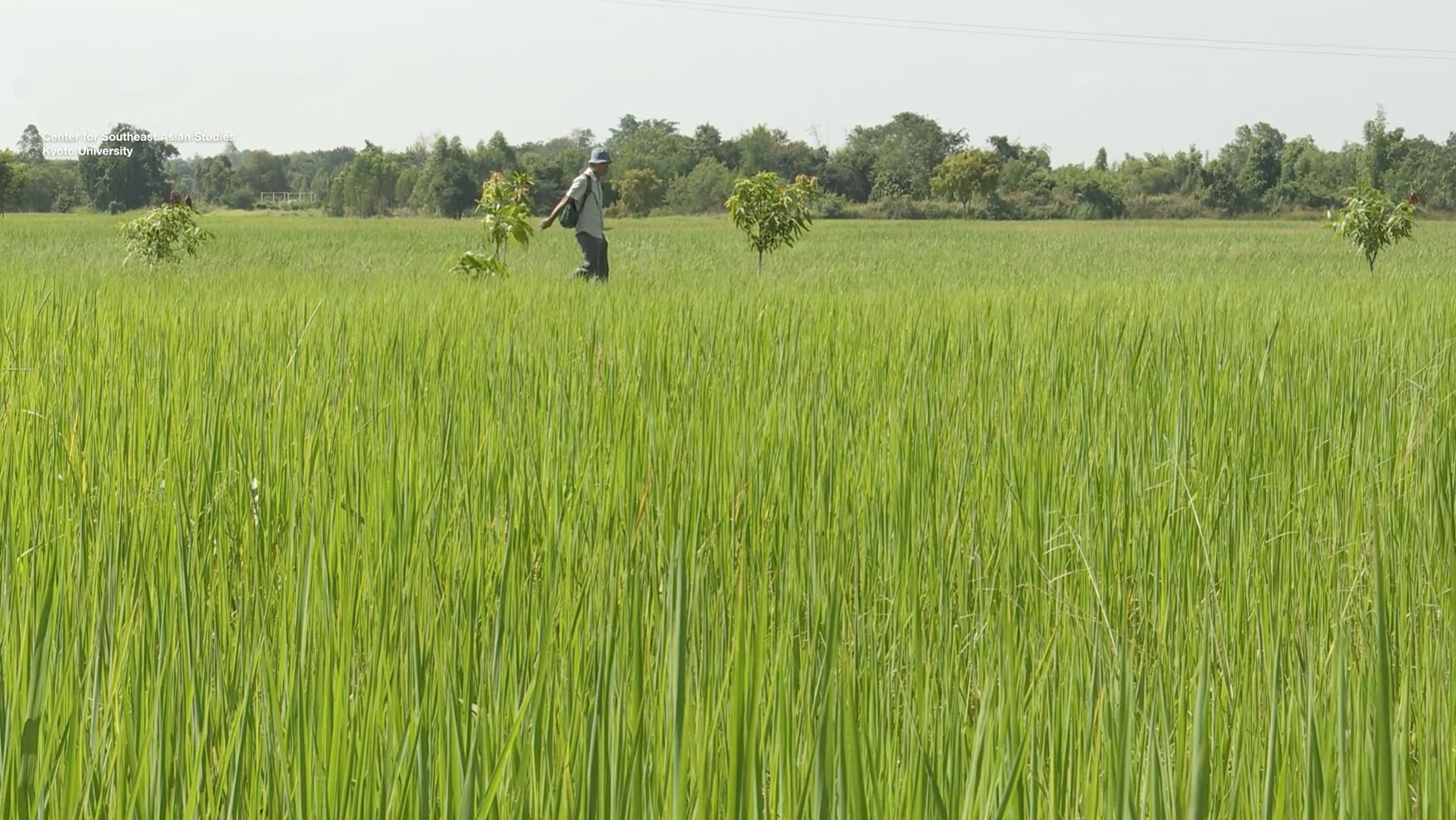We have subtitles in multiple languages (Thai, Indonesia, Filipino, Vietnam)
Play YouTube, select subtitles from settings (gear icon)
Kyoto University’s Center for Southeast Asian Studies (CSEAS) has been conducting field surveys of a village in northeastern Thailand for over a half a century now. During this time, new generations of villagers and CSEAS scholars have become involved. Their generations-spanning participation in CSEAS’ fieldwork brings new insights into view.
In the end of the 1950s, as Japanese society sought to break free of postwar turmoil and achieve high economic growth, faculty members and students of Kyoto University voluntarily gathered and established the “Southeast Asian Studies Group.” It drew the intense energy of faculty members and students who wished to engage in fieldwork overseas.
Results were immediate. In 1963, the Center for Southeast Asia Research (currently CSEAS) was established, with a liaison office opened in Bangkok. In 1964, a young anthropologist was sent to Thailand to promote research planning of Thailand and Malaya. That researcher was the late Professor Koichi Mizuno.
Professor Mizuno selected Don Daeng Village, shown in the accompanying video, as his survey site. Don Daeng Village is located 20 kilometers southeast of Khon Kaen, the central city of northeastern Thailand. Khon Kaen City has grown into a vibrant regional city today. Don Daeng Village has also developed into a suburban village. At that time, however, it was a rural village surrounded by forests. Professor Koichi Mizuno produced many findings on the village’s social structure through a two-year solo field study.
After 20 years, a movement arose in CSEAS to focus on Don Daeng Village again. A central player was Professor Hayao Fukui, introduced at the beginning of the video. Unlike Professor Mizuno’s surveys, the survey in the 1980s, led by Professor Fukui, included researchers from not only anthropology but also economics, geography, agriculture, soil science, and hydrology. Of course, not only Kyoto University faculty members but also researchers and graduate students from other universities participated. One of them was Yasuyuki Kono, introduced in the video.
In the 1980s, Thai society began to move into a period of rapid economic growth. Old ways of living intermingled with movements to take advantage of new opportunities produced by the economic growth.
Another 20 years passed.In the 2000s, Thailand’s economic growth hit a plateau. The benefits of the growth had spread from Bangkok to regional cities, and to rural areas. CSEAS decided to study how this growth concretely affected the lives and livelihoods of villagers.
This survey in the 2000s was led by Professor Funahashi Kazuo (then of Ryukoku University) and Professor Shuichi Miyagawa (then of Gifu University). Both researchers had participated in the 1980s survey. Then-graduate student Kazuo Watanabe also participated in this survey. He appears in this video.
It is now another 20 years since this survey. Don Daeng Village is still changing today. Many Asian countries are experiencing a falling birthrate and aging populations and the spread of IT. These phenomena are also taking place in Don Daeng Village. How are the villagers’ lives affected? CSEAS is seeking to survey the village again in the 2020s.
KONO, Yasuyuki(CSEAS)
WATANABE, Kazuo(CSEAS)
FUKUI, Hayao(Kyoto University Professor Emeritus)
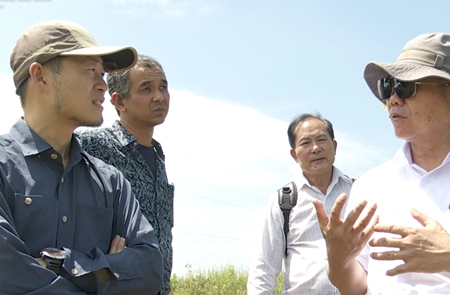
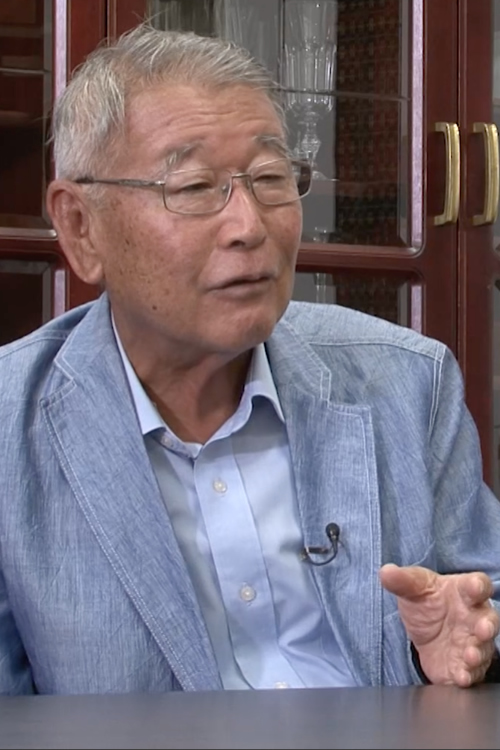
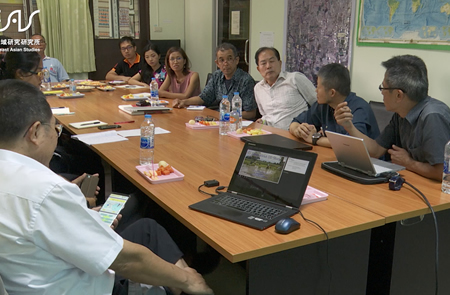
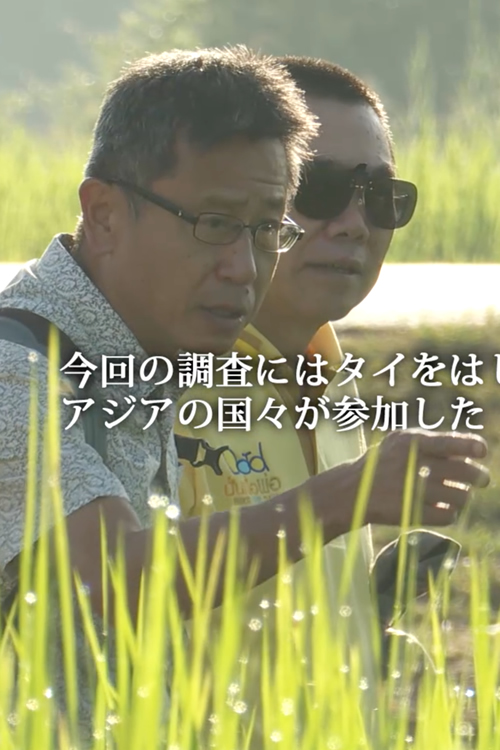
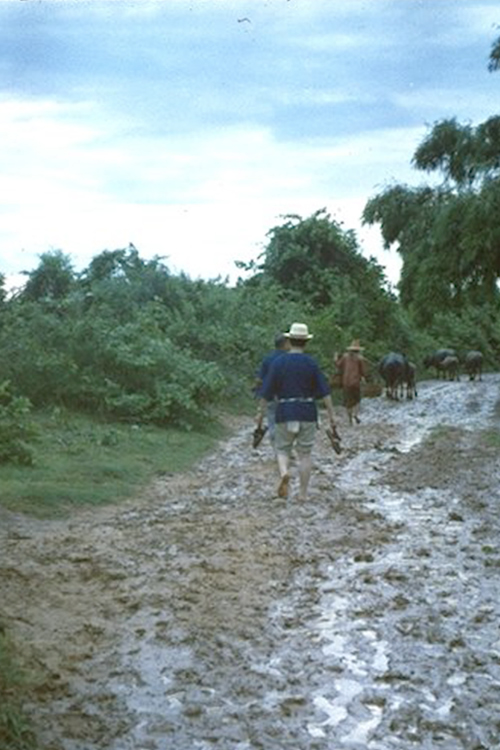
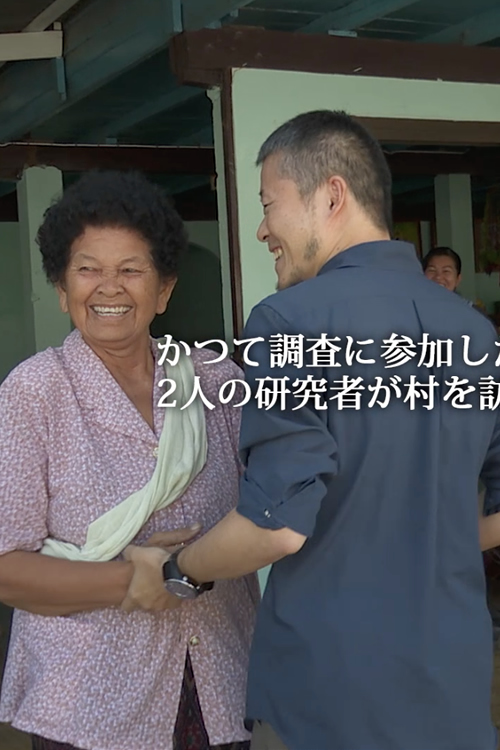
Introduction Of Literature For Those Who Wish To Learn More.
(1) Mizuno, Koichi. 1981. Thai nōson no shakai soshiki (Social Organization in Rural Thailand), Tokyo: Sobunsha.
Compilation of field survey findings in 1960s, with the survey of Don Daeng Village as the starting point. Mizuno proposed the idea of multihousehold compound as the unit of co-op living.
(2) Fukui, Hayao. 1988. Don Daeng mura – Tōhoku Thai no nōgyō seitai (Don Daeng Village: Agricultural Ecology of Northeastern Thailand), Tokyo: Sobunsha.
Compilation of field survey findings related to agriculture and population trends in the 1980s. The findings were the results of a conscious effort to establish a new methodology for agricultural and farm village surveys. Published in English as Fukui, Hayao. 1993. Food and Population in a Northeast Thai Village, Honolulu: University of Hawai’i Press.
(3) Kuchiba, Masuo, ed. 1990. Don Daeng mura no dentō kōzō to sono hen’yō (Traditional Structure of Don Daeng Village and Changes), Tokyo: Sobunsha.
Compilation of survey findings related to rural society and religion in the 1980s. Long-term surveys probe the foundations of Thai rural society.
(4) Watanabe, Kazuo. 2015. “Thai no shakai to inasaku – chiiki ni nezashita ikikata to chie” (Thai Society and Rice Cultivation: Way of Living and Wisdom Rooted in the Region), Takashi Sashima, Shinya Iwasaki, Takashi Murata, Shiro Sato, eds., Kokusai-gaku nyūmon: Gengo bunka chiiki kara kangaeru (Introduction to International Studies: Perspectives from Language, Culture, and Region), Horitsu Bunka Sha, Kyoto.
Thai society and daily life and rice cultivation in Don Daeng Village are introduced. Introductory text for those interested in agriculture in Thailand and Southeast Asia.

